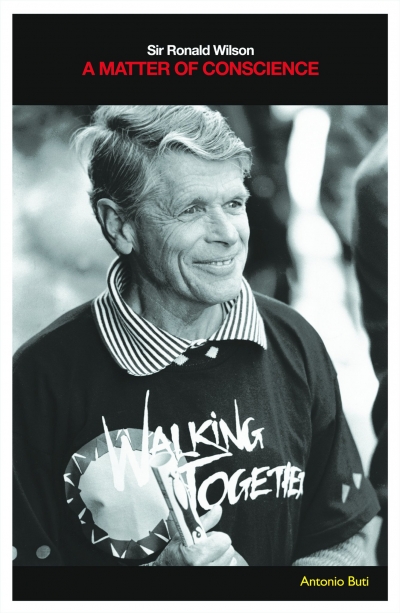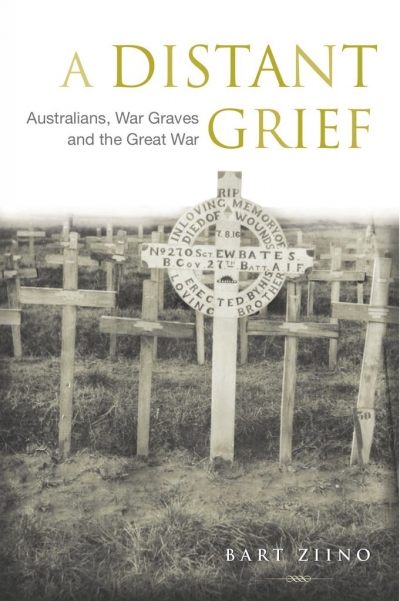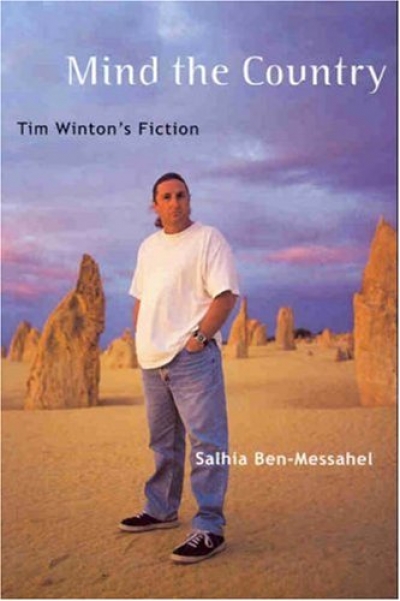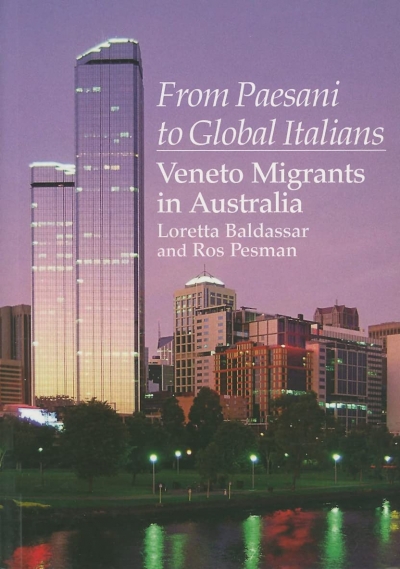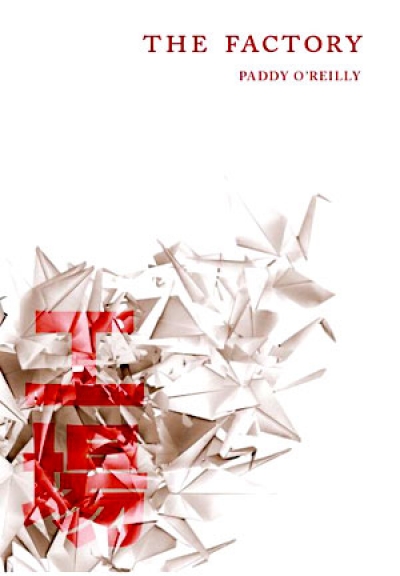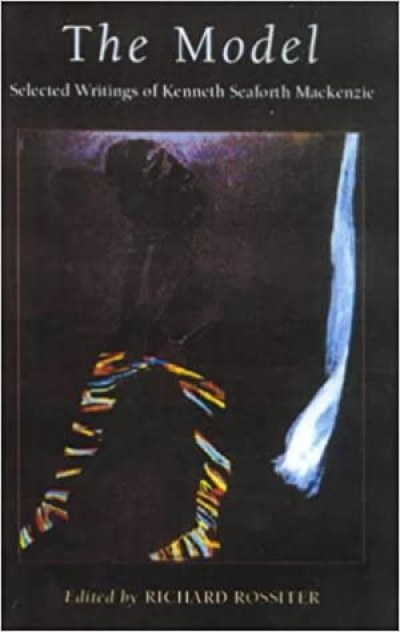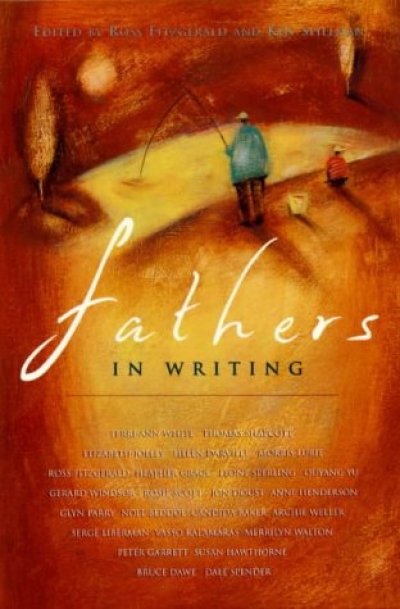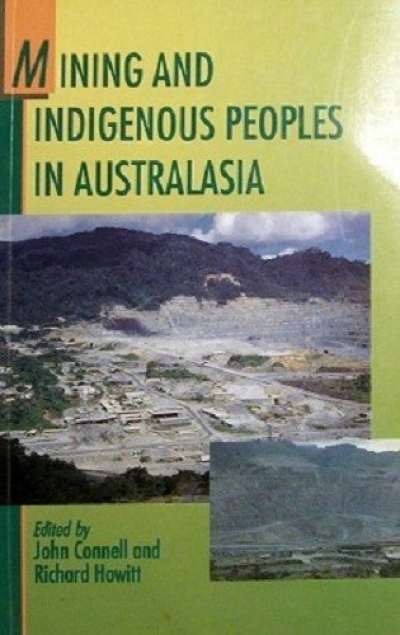UWA Publishing
Sir Ronald Wilson: A matter of conscience by Antonio Buti
by Tony Blackshield •
A Distant Grief: Australians, war graves and the Great War by Bart Ziino
by Ken Inglis •
Mind the Country: Tim Winton's fiction by Salhia Ben-Messahel
by Georgina Arnott •
From Paesani to Global Italians: Veneto migrants in Australia by Loretta Baldassar and Ros Pesman
by Judith Armstrong •
The Model: Selected writings of Kenneth Seaforth Mackenzie edited by Richard Rossiter
by Thomas Shapcott •
Fathers in Writing edited by Ross Fitzgerald and Ken Spillman
by Delia Falconer •
Mining and Indigenous Peoples in Australasia edited by J. Connell and R. Howitt & Aborigines and Diamond Mining edited by R.A. Dixon and M.C. Dillon
by Tim Rowse •

